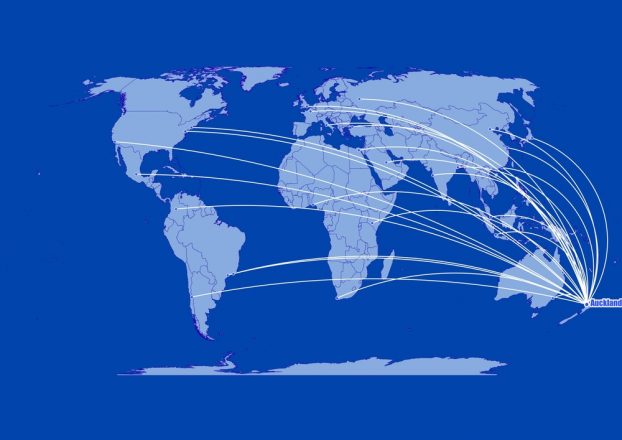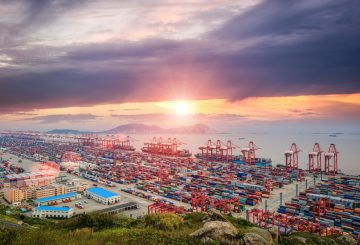航空業界団体は、国際的な航空会社がニュージーランドへの飛行をあきらめることを懸念し、管理隔離(MIQ)規制を緩和するよう政府に求めています。
ニュージーランド航空会社委員会(Board of Airline Representatives of NZ)のジャスティン・ティゲ・アンバーズ(Justin Tighe-Umbers)専務理事は、航空会社の不満が高まっており、すでにニュージーランドを目的地としない航空会社もあるとCheckpoint(NZ国営ラジオ局RNZのニュース番組)に語りました。
「現在、ニュージーランドの航空会社の経営者は、60人の乗客を乗せたフライトのルートパフォーマンスや利益を、他の国々と比較して正当化しなければならなくなっています。」
「ヨーロッパでは、ワクチン接種を受けた旅行者が旅行できるようになったため、航空機が急速に満席になっています。そのため、ニュージーランドの路線は、ハイリスク・ハイコストに見えてしまうのです。」
今頃、航空会社は夏場から3月までの路線を決定しているだろう、と彼は語りました。
「3月までには、翌年の夏に運航する航空会社に対して、どのような設定にするかという明確な合図を送れるようにしなければなりません。」
「北半球と南半球の季節の動きを考えると、航空会社に合図を送り、キャパシティを確保するためには、実際には5〜7ヶ月の余裕が必要なのです。」
私たちが国境を開放することに真剣であることを示す素晴らしいスタートであり、簡単な合図となるのが、「そうだ、ワクチンを接種したニュージーランド人はクリスマスに帰国していい、MIQに入る必要はない」ということです。
「しかし、クリスマスまでにニュージーランドに帰国できるようにするためには、今、本当に伝えなければならなことがあるのです。」
海外にいる多くのニュージーランド人は、オークランドよりリスクの低い国にいるため、MIQを変更することは理にかなっていると彼は述べています。
「2回ワクチン接種を受けた旅行者で、すでに陰性であることが明確な場合、彼らは飛行機で向かう地域よりも、はるかにリスクが低いのです。」
「そのため、オークランドですでに病気になっている人を隔離するために使う貴重なMIQの部屋に彼らを入れるのは、意味がありません。」
政府は、来年初頭から、海外からの入国者数を変更することを示唆しています。
しかし、ティゲ・アンバーズ氏は、航空会社はより具体的なスケジュールを必要としていると語りました。適切な航空機を格納庫から出して、再び稼働させるには、3ヶ月かかる可能性があるからです。
「現在、ニュージーランドへのフライトは、MIQに入る30〜60人程度の乗客しか搭乗していないことが多いため、若干の余裕があります。」
「航空会社がここに留まり、飛び続けるためには、確実性を持たせなければなりません。」
「保守的なことで有名な西オーストラリア州でさえ、ワクチン接種率が90%を達成すれば、1月末にはワクチン接種済みの訪問者を隔離なしで受け入れるという計画を発表しています。ですから、その確信を得ることが必要なのです。」
最近のニュージーランドへの旅行は、2年前と比較して98%になっているといいます。
「通常の月であれば60万人がニュージーランドに入国するところ、今は1万2千人ほどですから、今のニュージーランドへの入国者数は1960年代に戻っているのではないでしょうか。」
情報元:RNZ NEWS






























































